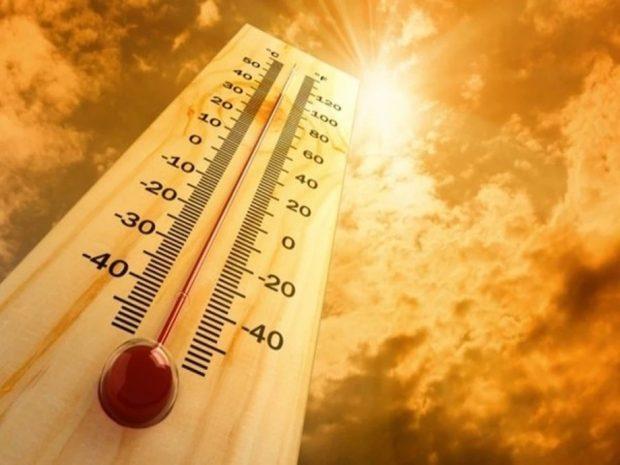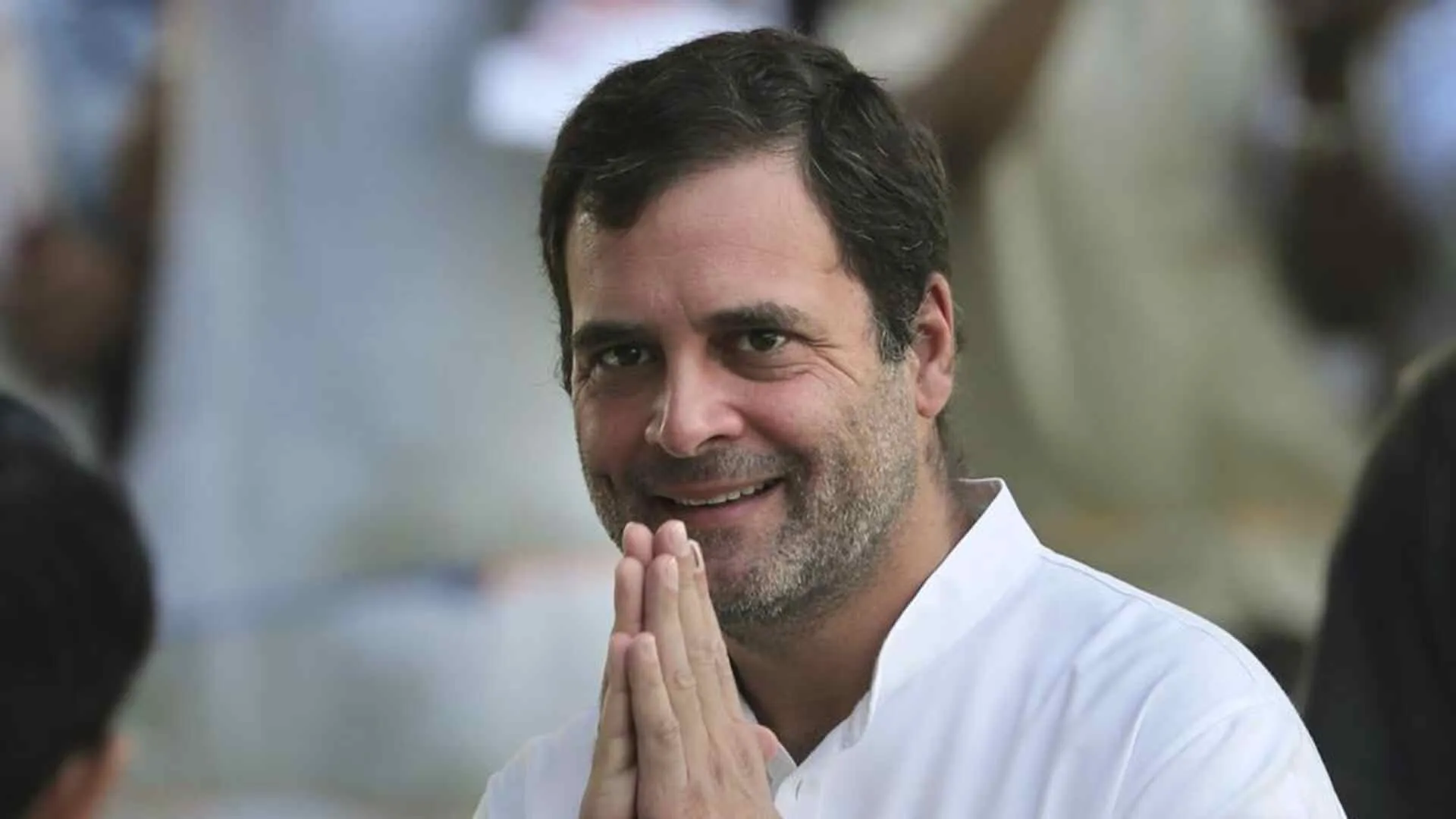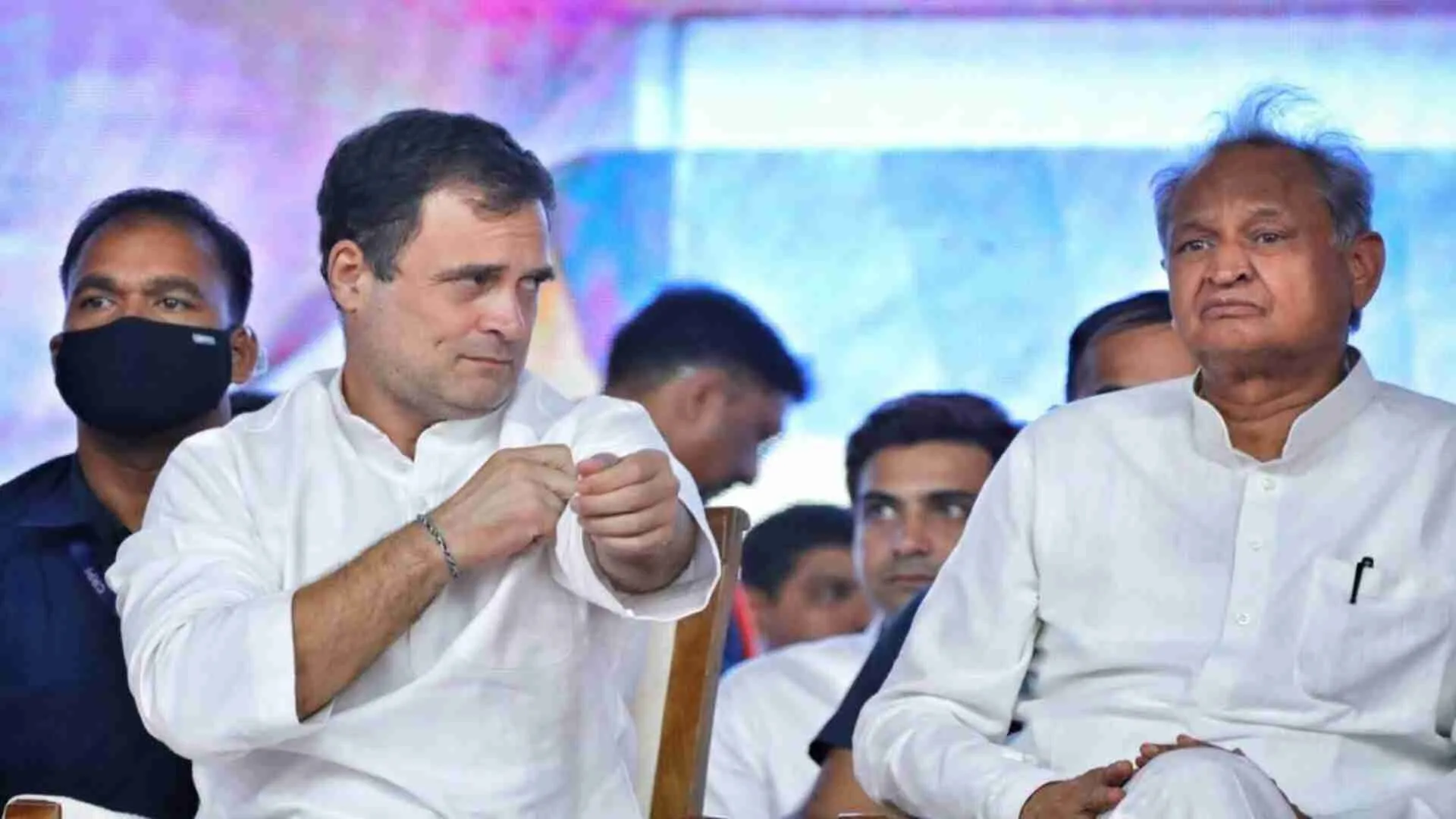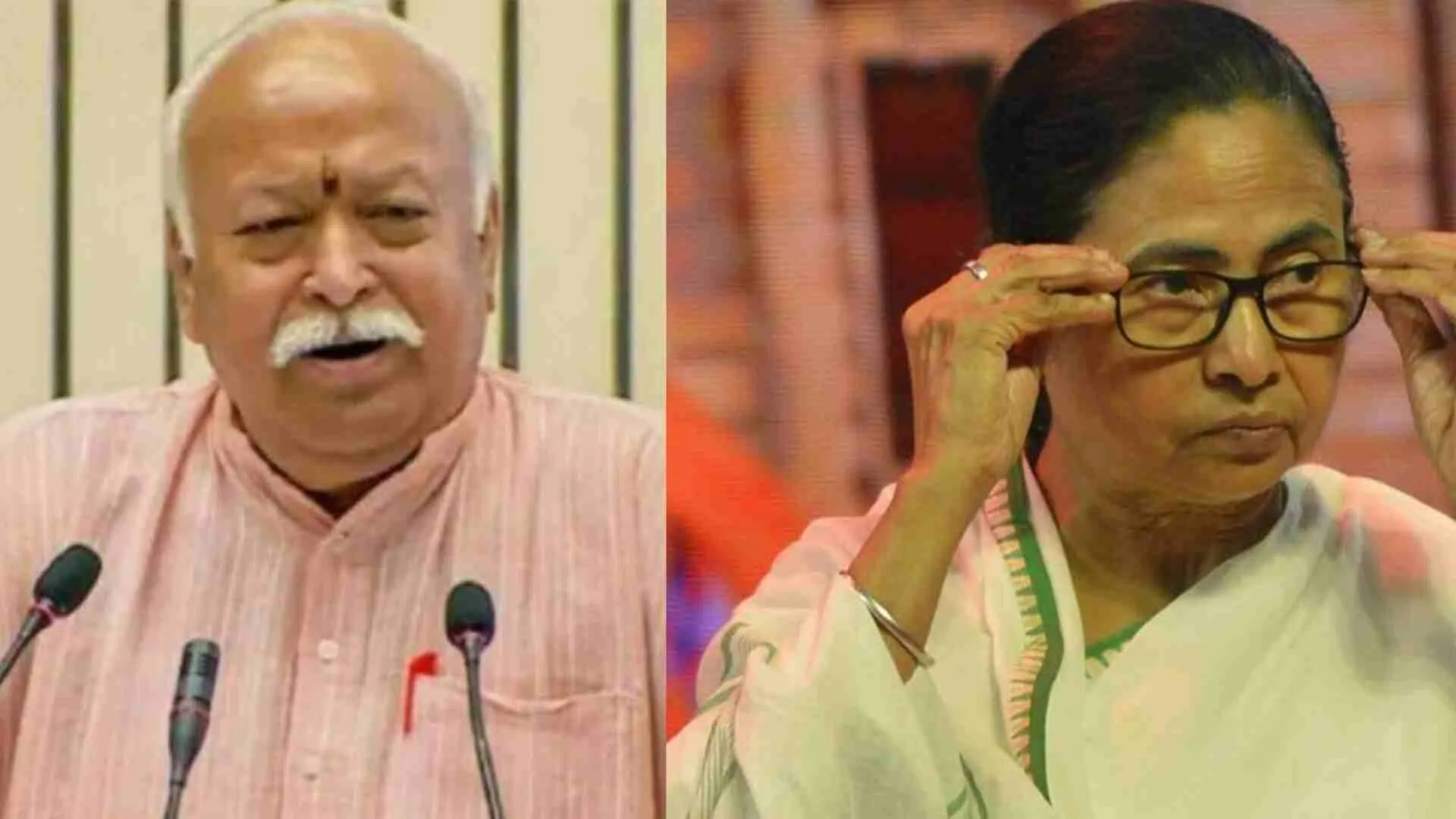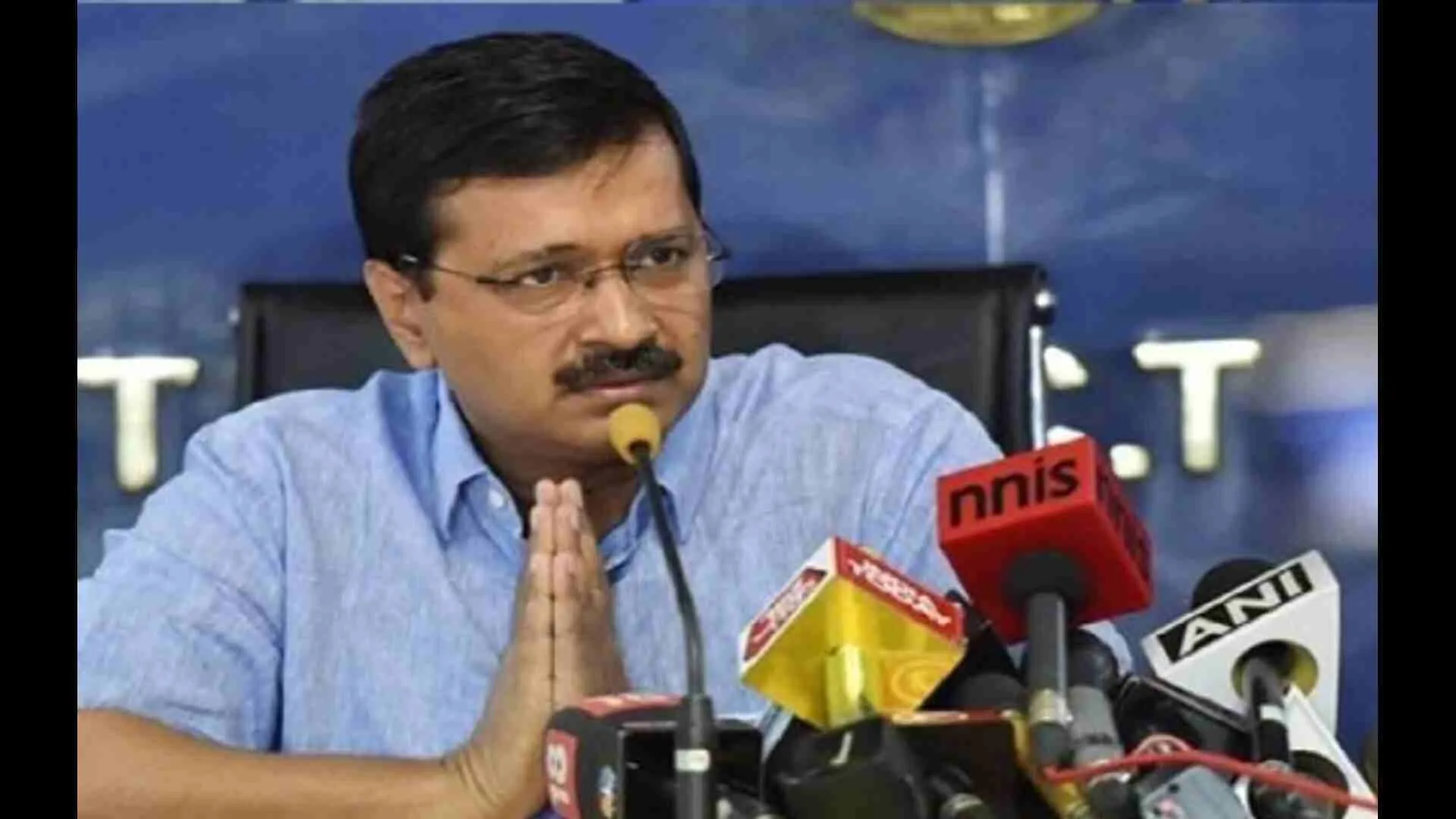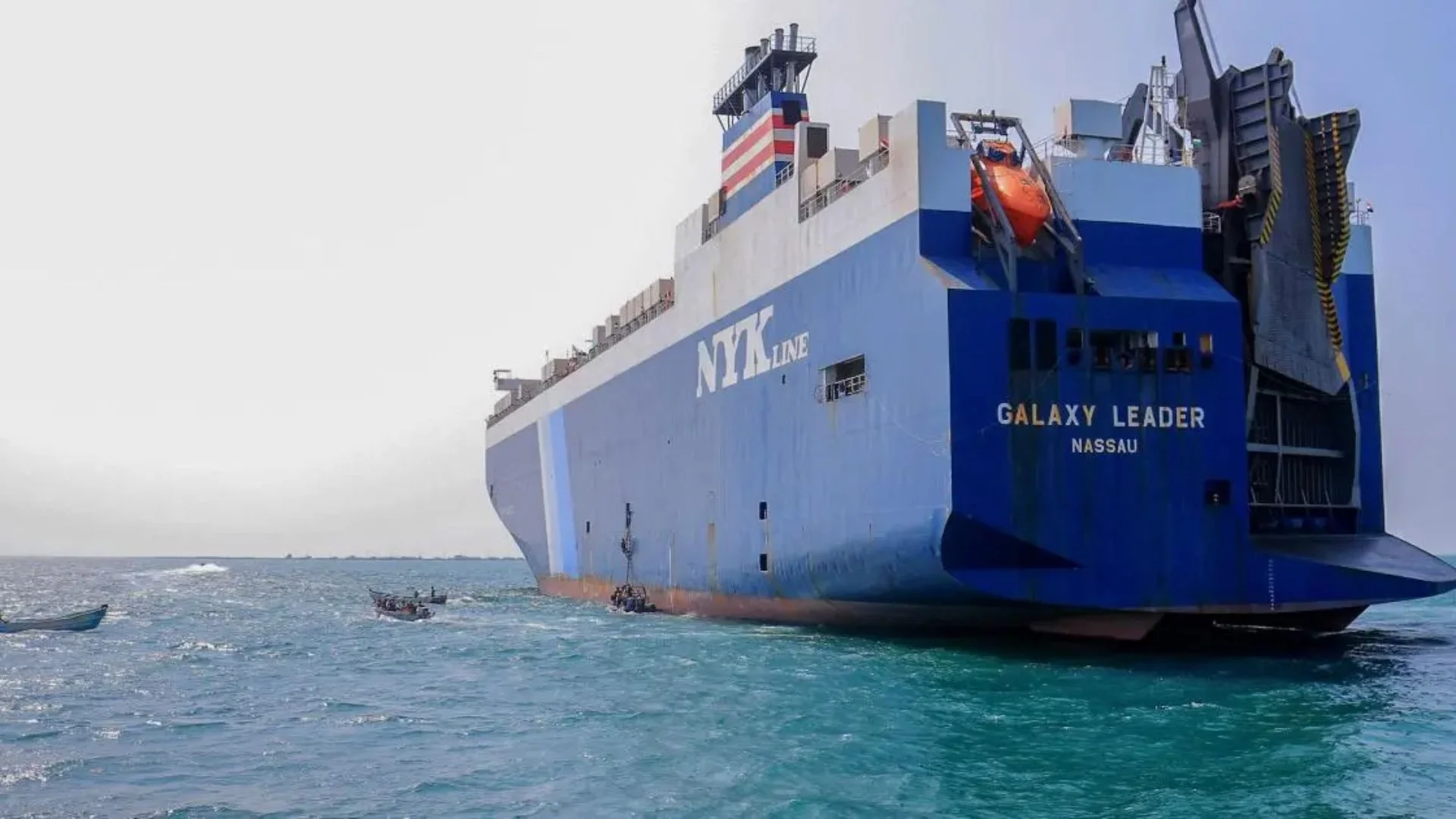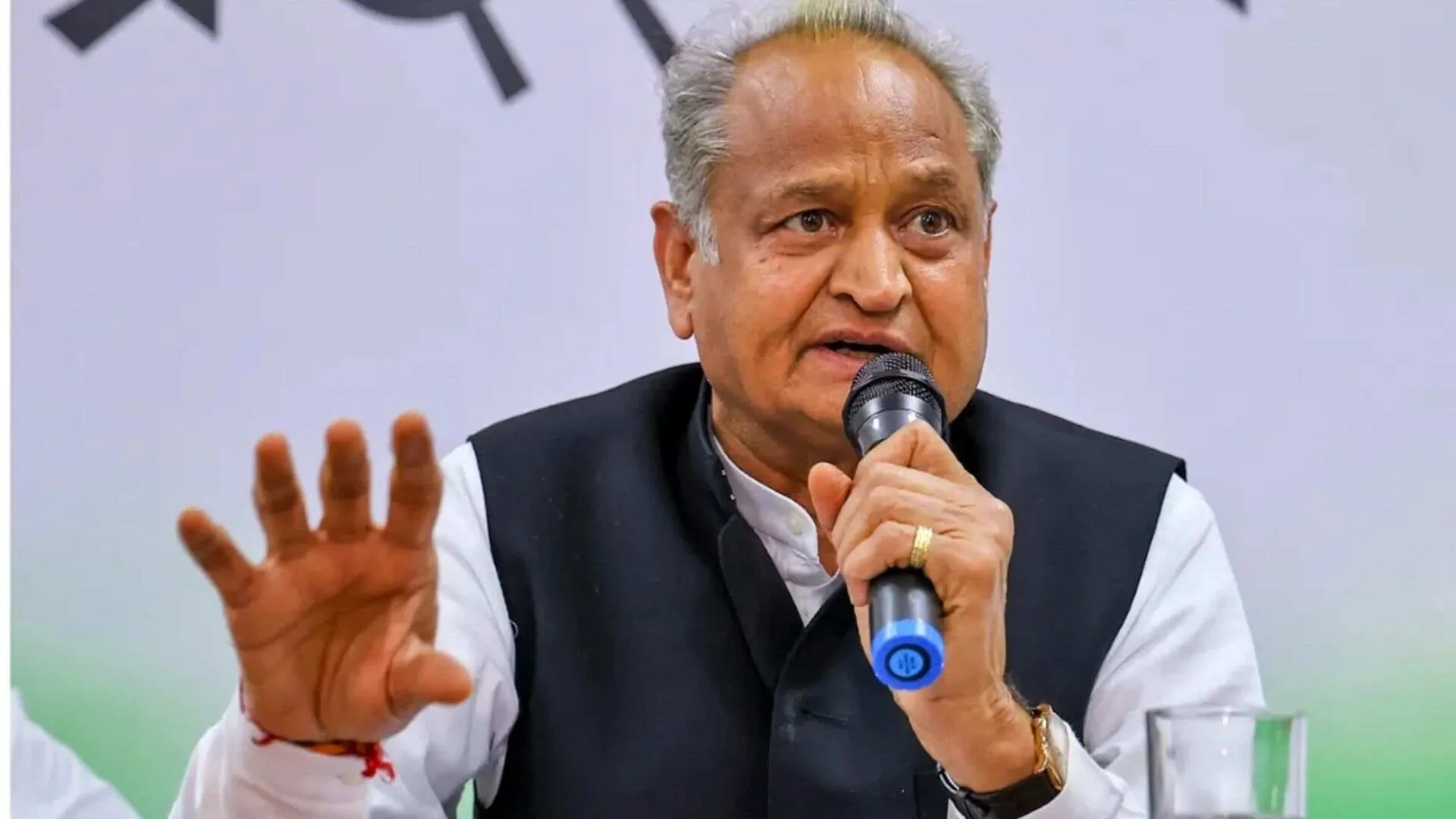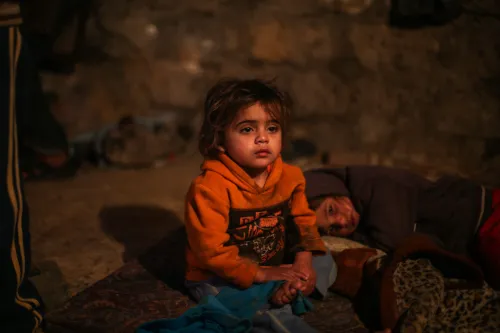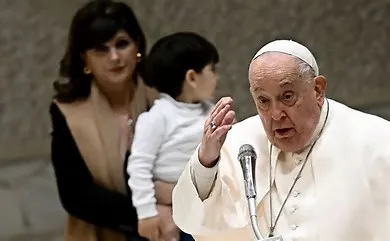Delhi’s maximum temperature climbed for the second consecutive day on Monday, with a heatwave gripping certain areas. The weather department predicts temperatures will soar to 45°C within the next few days.
Safdarjung, Delhi’s primary weather station, recorded a maximum temperature of 43.4°C, which is 3.5 degrees above the normal, up from 42.5°C on Sunday and 41.1°C on Saturday.
According to the India Meteorological Department (IMD), temperatures at Safdarjung are expected to rise to 44°C on Tuesday and 45°C on Wednesday.
Narela was the hottest area in Delhi, registering a maximum temperature of 46.6°C, followed by Najafgarh at 46.3°C, both exceeding the normal by more than six degrees.
The IMD declares a heatwave in the plains if the maximum temperature reaches 40°C or higher and is at least 4.5°C above normal. A “severe heatwave” is declared if it is 6.5°C or more above normal.
Monday’s dry heat meant Delhi’s Heat Index (HI), or “real-feel” temperature, was not significantly higher than the actual maximum. The HI was 44.5°C on Monday, according to the IMD’s bulletin, up from 41.5°C the previous day. Delhi’s wet-bulb temperature, an indicator of discomfort levels, ranged between 23.3°C and 23.8°C. A wet-bulb temperature of 32°C or higher makes it challenging for even healthy individuals to work outdoors for extended periods, and at 35°C—the maximum threshold—humans can no longer regulate body temperature, leading to heat strokes and potential collapse.
In Delhi, the wet-bulb temperature tends to exceed 30°C usually in July and early August due to high temperatures and moisture brought by the southwest monsoon.
This season, Delhi first experienced a heatwave from May 17-20, before moist easterly winds provided some relief.
An intense 12-day heatwave occurred between May 25 and June 5. During this period, the maximum temperature surged to 46.8°C at Safdarjung on May 29—the second-highest maximum for May at the station, behind the record of 47.2°C on May 29, 1944.
The highest maximum temperature recorded at any station in Delhi this season was 49.9°C in north Delhi’s Narela on May 28.

